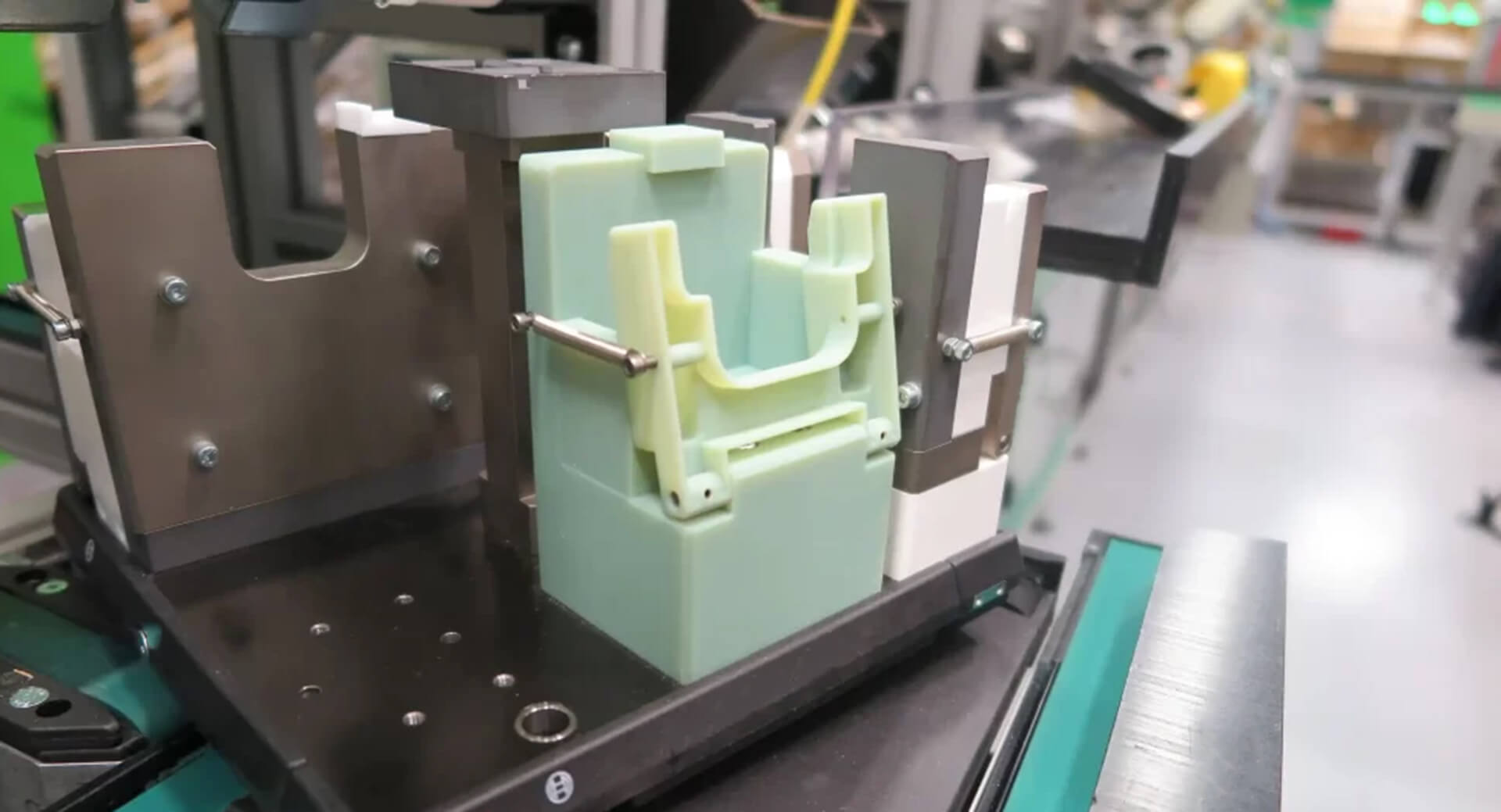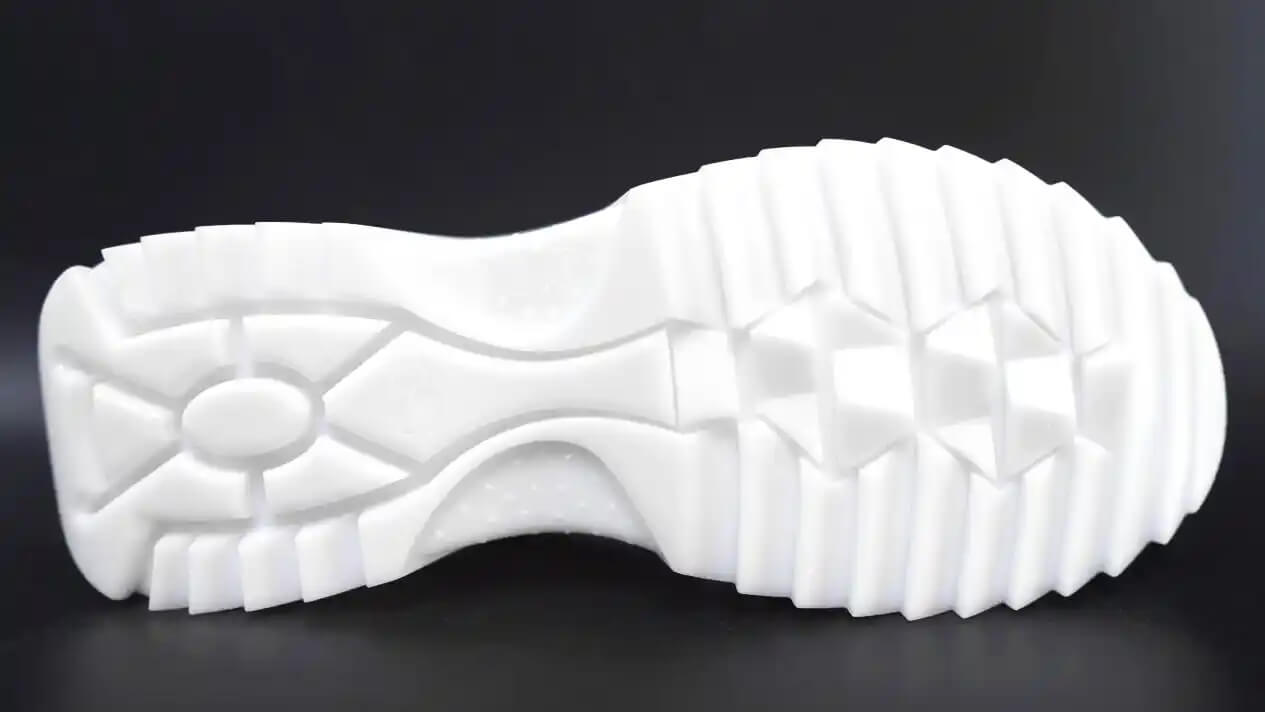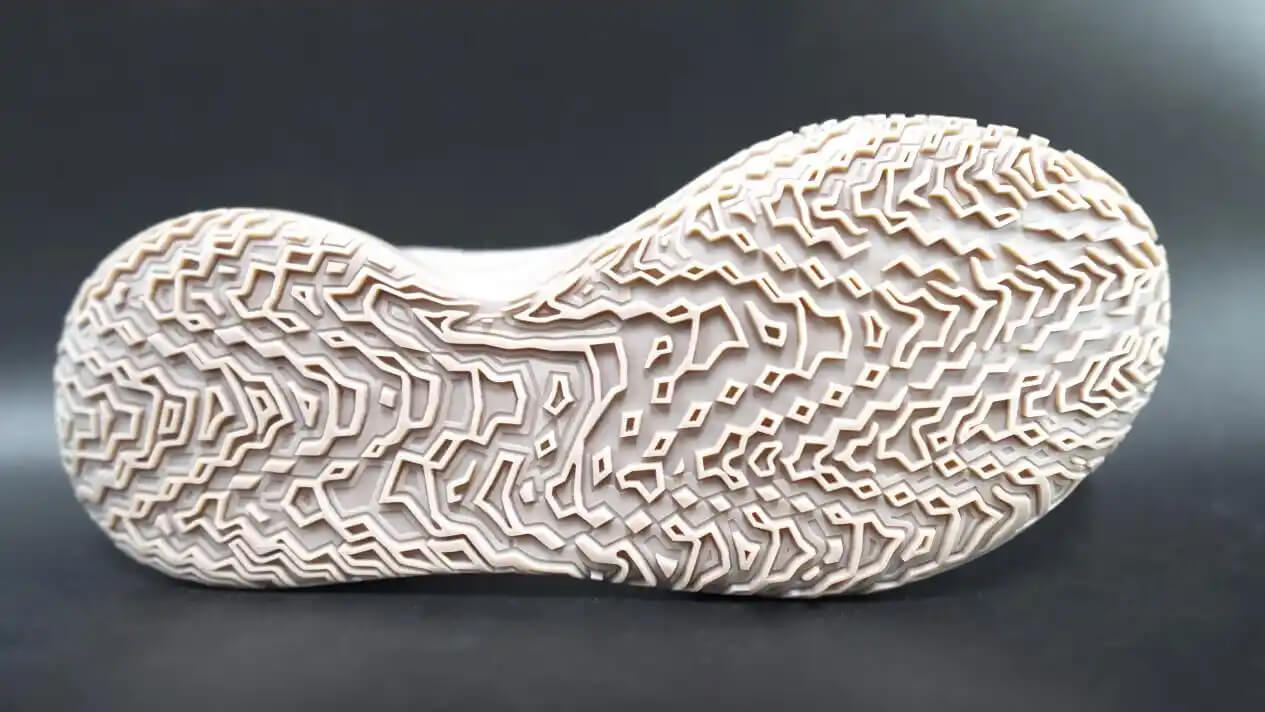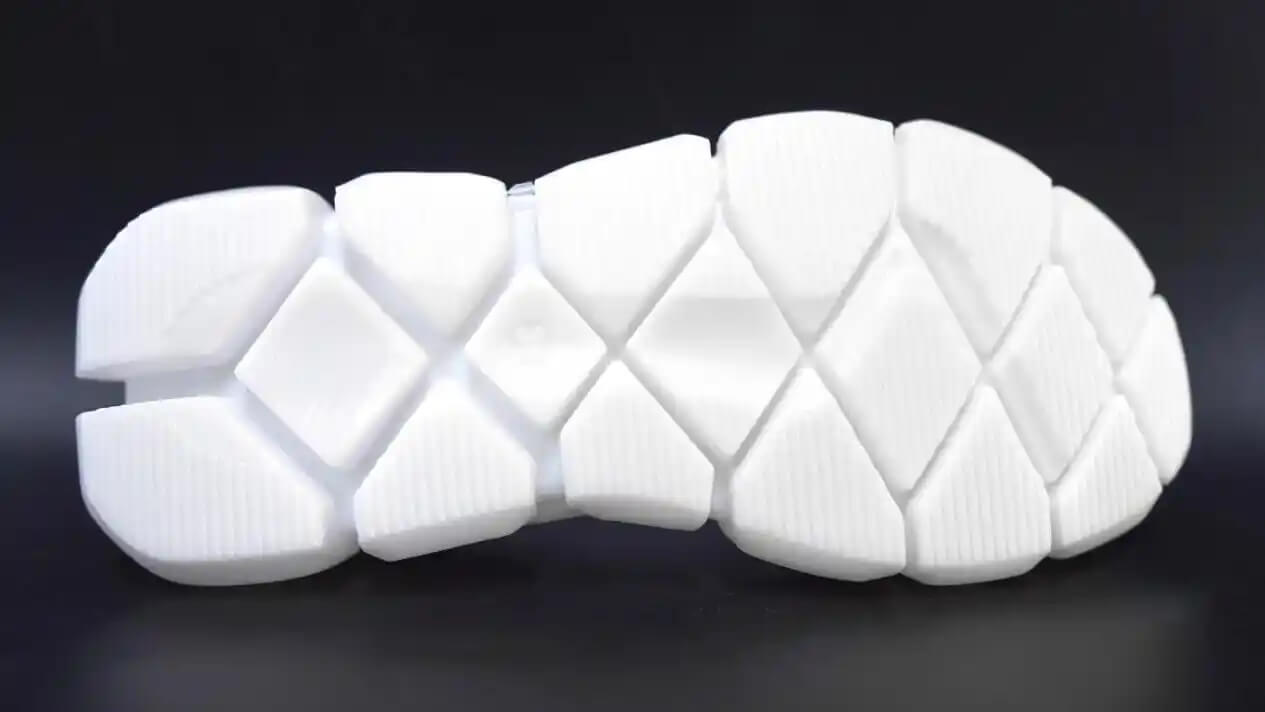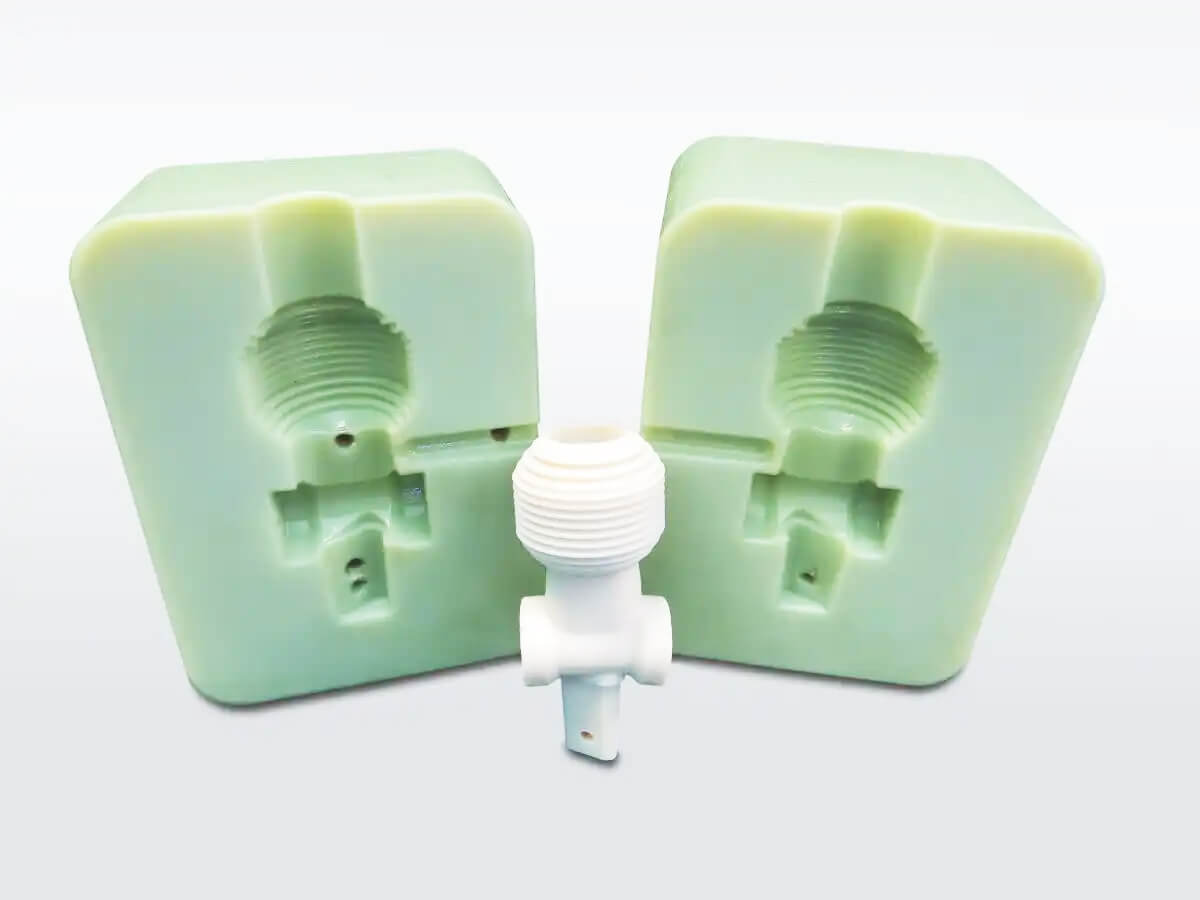In an age of constant technological evolution, 3D printing is swiftly gaining traction as a transformative innovation. No longer just a tool for professionals, 3D printers have become increasingly affordable, thus appealing to a broad audience. From crafting enthusiasts and small-scale manufacturers to educational institutes and hobbyists, the applications of 3D printing are expansive. So, before you dive into the exhilarating realm of 3D printing, let’s explore what it entails, its applications, and the opportunities it offers.
Conceptualizing 3D Printing: The New Dimension
Gone are the days when printing was synonymous with ink on paper. 3D printing, or additive manufacturing, brings life to designs by building three-dimensional objects layer by layer from various materials. This contrasts with traditional subtractive manufacturing processes, which involve cutting or hollowing out a piece of material. 3D printers utilize digital files, typically created through Computer-Aided Design (CAD) software or obtained via 3D scanning, to create tangible objects.
Pioneered in the 1980s by Charles W. Hull, who introduced the stereolithography technique, 3D printing has come a long way. Hull’s innovation paved the way for various technologies under the 3D printing umbrella, catering to different materials and precision levels.
Exploring the Technologies
1. Fused Deposition Modeling (FDM):
This popular method involves heating a thermoplastic filament which is then extruded through a nozzle, building the object layer by layer. Widely used by consumers and educational institutions, FDM is versatile and relatively cost-effective.
2. Stereolithography (SLA):
This technique uses a UV laser to solidify a photosensitive liquid resin. As the laser traces the design onto the surface of the resin, it solidifies to form the object.
3. Digital Light Processing (DLP):
Similar to SLA, DLP employs a digital light projector to cure a liquid polymer. This process is typically faster than SLA as it cures an entire layer of resin at once.
4. Selective Laser Sintering (SLS):
SLS utilizes a laser to sinter powdered materials, such as plastic, metal, or ceramic, fusing them together to create the object.
5. Multi-jet Modeling (MJM):
This technology sprays a colored adhesive onto layers of powdered material, binding them together to form the object. It’s fast and allows for multicolor printing.
6. Electron Beam Melting (EBM):
Here, an electron beam is used to melt metal powder, often used for manufacturing medical implants and aerospace parts.
7. Material Jetting:
It’s like standard 2D inkjet printing but with additional layers to build 3D objects. It is especially useful for detailed and smooth surfaces.
With such diversity in technologies, 3D printing caters to an array of materials including plastics, metals, ceramics, glass, and even food ingredients!
Unveiling the Applications
The applications of 3D printing are as diverse as the technologies and materials it encompasses.
1. Prototyping and Manufacturing:
It enables rapid prototyping, allowing designers and engineers to bring their ideas to life quickly and efficiently. Small-scale manufacturing is made easier, as producing items on-demand minimizes storage and reduces waste.
2. Medical and Dental:
From prosthetics and hearing aids to dental crowns and even synthetic organs, the healthcare industry is one of the primary beneficiaries of 3D printing.
3. Education:
Educational institutions are utilizing 3D printers for instructional purposes, enabling students to engage in hands-on learning and bring their ideas to life.
4. Art and Cultural Preservation:
3D printing is transforming the way art is created and preserving cultural heritage. Artists are leveraging 3D printing technology to bring their imaginative designs to life in a physical form, which might have been impossible or too intricate to be made by traditional means. Sculptors can craft intricate models, jewelry makers can produce detailed pieces, and architects can build precise scale models of structures. Moreover, 3D printing is playing an essential role in cultural preservation. Museums and conservationists use it to recreate ancient artifacts and historical monuments. For example, in the wake of destruction caused by conflicts, 3D printing has been used to replicate invaluable historical artifacts that were lost or damaged. This not only helps in preserving history but also in educating future generations about their heritage.
5. Medical Breakthroughs:
The medical field is experiencing revolutionary changes with the advent of 3D printing. Custom-made prosthetics and implants are being created to perfectly fit the patients. Surgeons use 3D printed models of organs for practice or planning before performing complicated surgeries. This has been shown to reduce the risks and improve the outcomes of surgical procedures. Bioprinting, a sub-field of 3D printing, is focused on the creation of living tissues and, ultimately, organs. Researchers are currently in the experimental stage of 3D printing kidneys, hearts, and other organs which could solve the organ donor shortage and save countless lives in the future.
6. Food Printing:
The culinary world is not far behind in embracing 3D printing. Innovative chefs and food companies use 3D printers to create intricate designs and structures that would be incredibly time-consuming and difficult to make by hand. From printed pasta and chocolates to elaborate cake decorations, 3D printing is reinventing food presentation and possibly nutrition customization. NASA has even explored 3D printed food for astronauts in space.
7. Construction Industry
3D printing is beginning to reshape the construction industry. Large-scale 3D printers using concrete or other building materials have been developed to print entire structures. These printers have the potential to create buildings faster, cheaper, and in more creative designs than traditional construction methods. This technology can be particularly beneficial in disaster-stricken areas where rapid housing construction is essential.
8. Consumer Goods:
Customization is a huge consumer trend and 3D printing excels at this. From customized phone cases to action figures, 3D printing allows consumers to have unique items that reflect their personality and preferences. As 3D printers become more accessible, it is likely that more consumers will produce many of their own goods at home, perhaps even complex electronics.
9. Education:
Education systems worldwide are realizing the potential of 3D printing in sparking creativity and enhancing learning among students. Schools and universities are incorporating 3D printers in their curriculum, allowing students to create prototypes and understand complex concepts through physical models.
10. Environmental Impact:
3D printing also has the potential to be more environmentally friendly than traditional manufacturing processes. By creating objects on-demand, there is less waste produced and transportation emissions can be reduced as goods don’t need to be shipped across the world.
The Future of 3D Printing
As 3D printing technology continues to evolve, the implications are enormous. With the development of new materials and precision, 3D printing could revolutionize manufacturing, healthcare, education, and the arts. The technology could promote sustainability, customization, and enable unprecedented innovations across various fields. However, as with any technological advancement, there are challenges and considerations that need to be addressed.
Challenges and Considerations:
1. Intellectual Property and Legal Issues:
As 3D printing makes it easier to replicate products, concerns regarding intellectual property rights and counterfeiting arise. The legal frameworks need to adapt to protect the rights of designers and manufacturers, while still encouraging innovation.
2. Quality Control:
Ensuring the reliability and quality of 3D printed products, especially in critical applications such as medical implants or aerospace components, is crucial. Standardization and certification processes need to evolve to address the unique aspects of 3D printing.
3. Environmental Concerns:
While 3D printing can be more sustainable in certain applications, it’s also important to consider the environmental impact of the materials used in the printing process. Developing sustainable materials and recycling methods is essential.
4. Workforce Implications:
As 3D printing automates the production of goods, there is potential for job displacement in traditional manufacturing sectors. However, it can also create new jobs in design, machine operation, and other areas. Skill development and training programs will be necessary to prepare the workforce for these changes.
5. Security and Ethics:
Especially in the context of bioprinting and printing of weapons, ethical considerations and security concerns must be carefully thought through. Regulations need to strike a balance between harnessing the potential of 3D printing and preventing its misuse.
6. Economic Models:
3D printing could alter economic models, as localized production becomes more feasible. This could affect global trade and require adaptations in business models.
3D printing, as an evolving technology, holds immense potential to reshape industries and improve lives. From medical breakthroughs to art and cultural preservation, the applications are vast and groundbreaking. However, it is essential that as society advances with this technology, careful consideration is given to the ethical, legal, environmental, and societal impacts. Stakeholders from various sectors – governments, industries, educational institutions, and communities – will need to collaborate in addressing these challenges and ensuring that 3D printing technology is harnessed in a way that is sustainable and beneficial for all.




